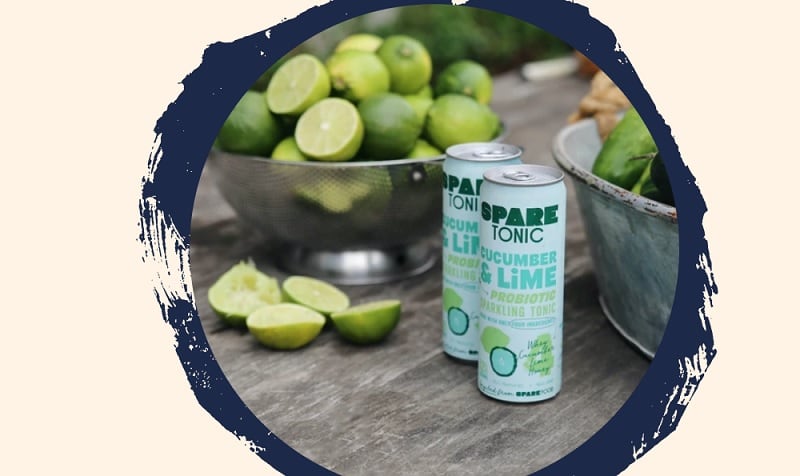The average US household wastes an estimated 32% of purchased food, translating to $240bn in economic losses. And for the first time last year, the USDA and EPA set a national food waste reduction goal of cutting food waste by 50% by 2030.
Other pieces of legislation such as the Food Recovery Act of 2017, the Food Donation Act of 2017, the 2018 US Farm Bill, and the Food Date Labeling Act of 2019 (aimed at making food date labeling more consistent and less confusing to consumers), all have provisions aimed at cutting food waste in half by 2030 by focusing on waste at retail and household levels.
“This large amount of food waste is cause for concern,” said Linlin Fan, assistant professor of agricultural economics at Penn State University and lead author of a recent study investigating the most effective solutions to food waste.
“Food waste increases food insecurity by decreasing global and local availability of food, tightening the food market, elevating food prices, and using natural resources unsustainably to harm future food production.”
With food waste as such a predominant and enduring issue in the US, what kind of solutions or strategies resonate most with consumers and more importantly, which will they actually commit to?
Fan noted the importance of gauging consumer support for suggested food waste solutions to assess the feasibility of a broad-scale adoption of each food waste reduction strategy.
To do this, researchers at Penn State University, Purdue University, and Duke University, conducted an online survey of about 1,500 panelists, who each had to be responsible for at least 50% of the grocery shopping in the household.
Most supported solutions
The survey proposed nine solutions to reduce food waste: changes in food packaging, changes in portion sizes, standardization of date-labeling terms, selling imperfect produce in retail stores, making food donations easier, feeding uneaten food to animals, implementing composting in communities, creating consumer education campaigns on food waste, and taxing food waste.
Results of the survey found that a majority of respondents preferred that food donations be made easier and more accessible along with the standardization of date labels, with 90% of respondents supporting these solutions and more than 80% agreeing they were effective.
Clarification and standardization of food date labels (e.g. 'best by' and 'use by') can help minimize consumer confusion around when food is still safe to consume and reduce the amount of food wasted at home.
Three-quarters of respondents said that they "definitely" or "might" support retailers selling imperfect produce at the store.
Taxing food waste had the least support with 13% of respondents 'definitely' supporting the strategy and 23% responding that they 'might' support it, according to the survey.
The study also suggested that different food waste solutions appeal to people based on their personal food waste experiences. For instance, respondents who used meal kit services were less likely to support diversion strategies such as feeding animals or donations.
Gap between effectiveness and support
Researchers also pointed out that the percentage of respondents who considered each food waste solution effective was almost always less than the share of respondents who supported the solution. The gap between effectiveness and support rate could present difficulties in changing consumer behavior to adopt certain food waste solutions, noted Fan.
For instance, most respondents may agree that feeding uneaten food to animals is an effective strategy, but fewer respondents may support the strategy to make it a worthwhile food waste solution.
“Future research could assess the costs and benefits of different food waste solutions,” added Fan.
“We hope our research provides policymakers with insight that can be used to develop food waste policies that consumers will support.”
Source: Journal of Cleaner Production
https://doi.org/10.1016/j.jclepro.2021.129907
What Food waste solutions do people support?
Authors: Linlin Fan, et al.


